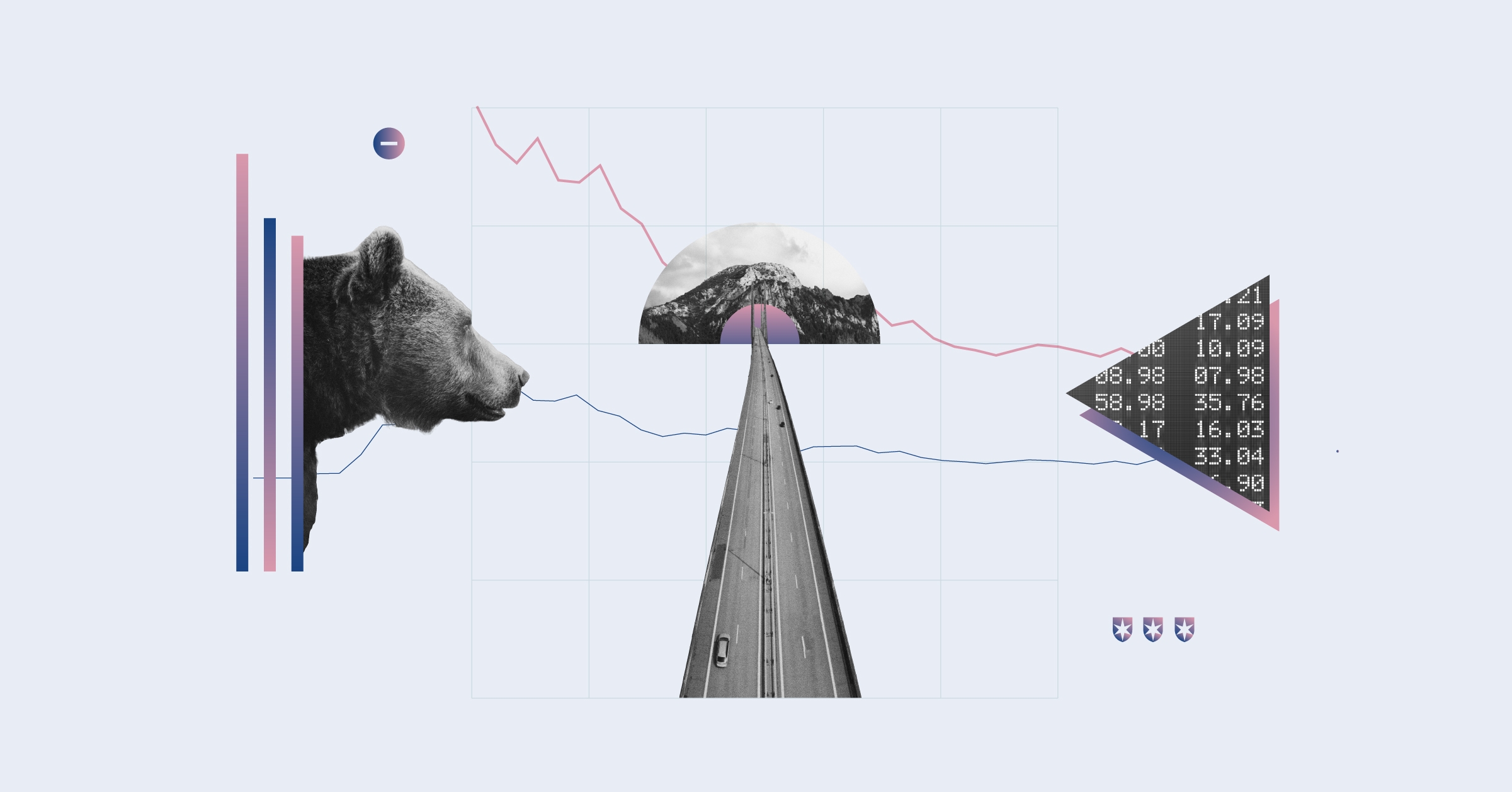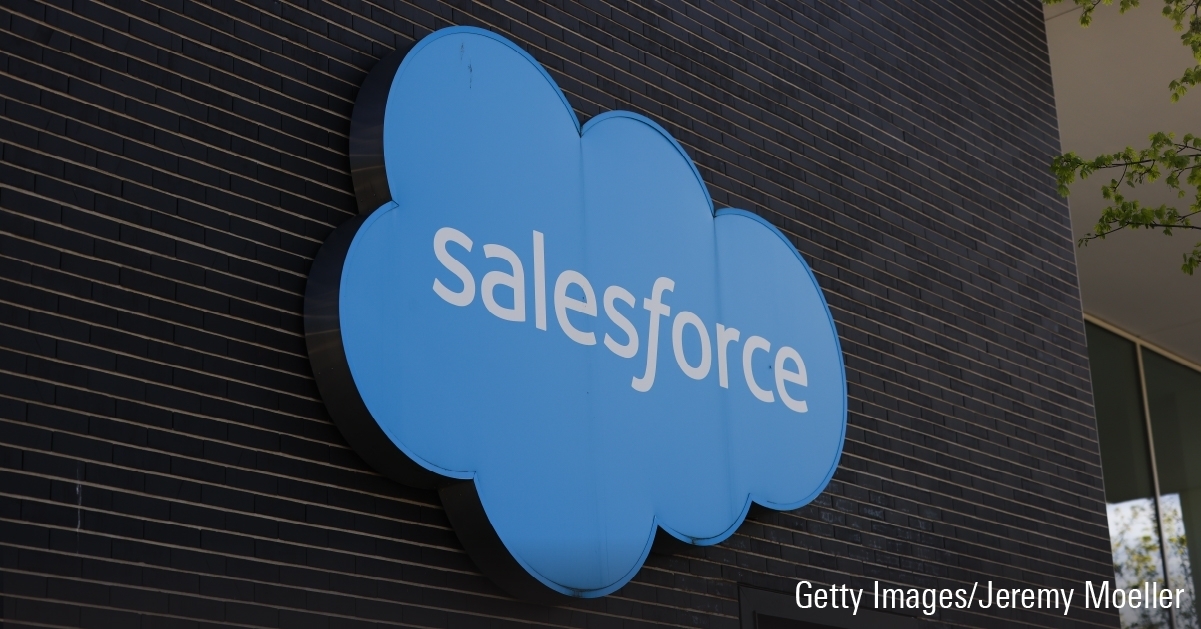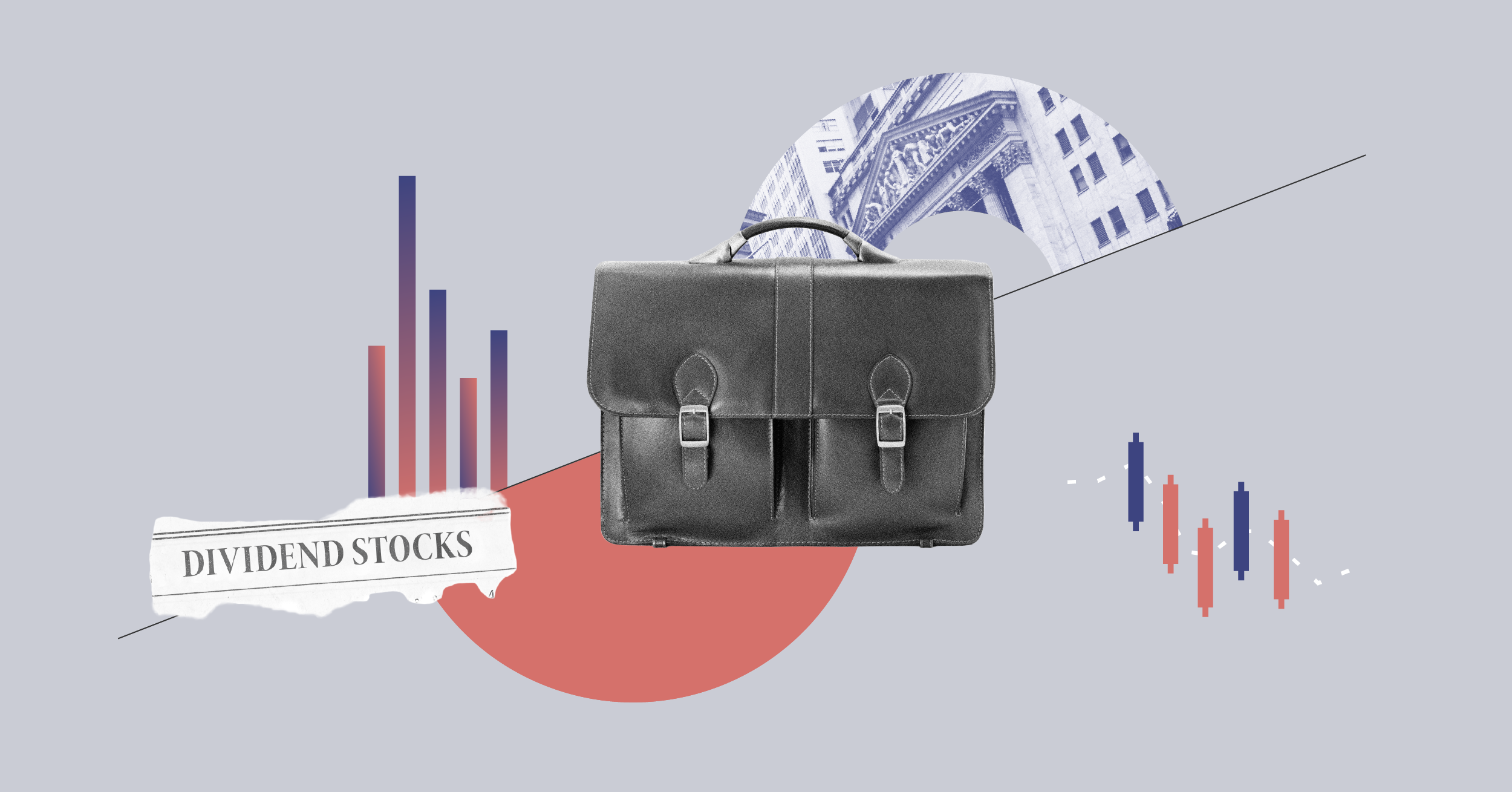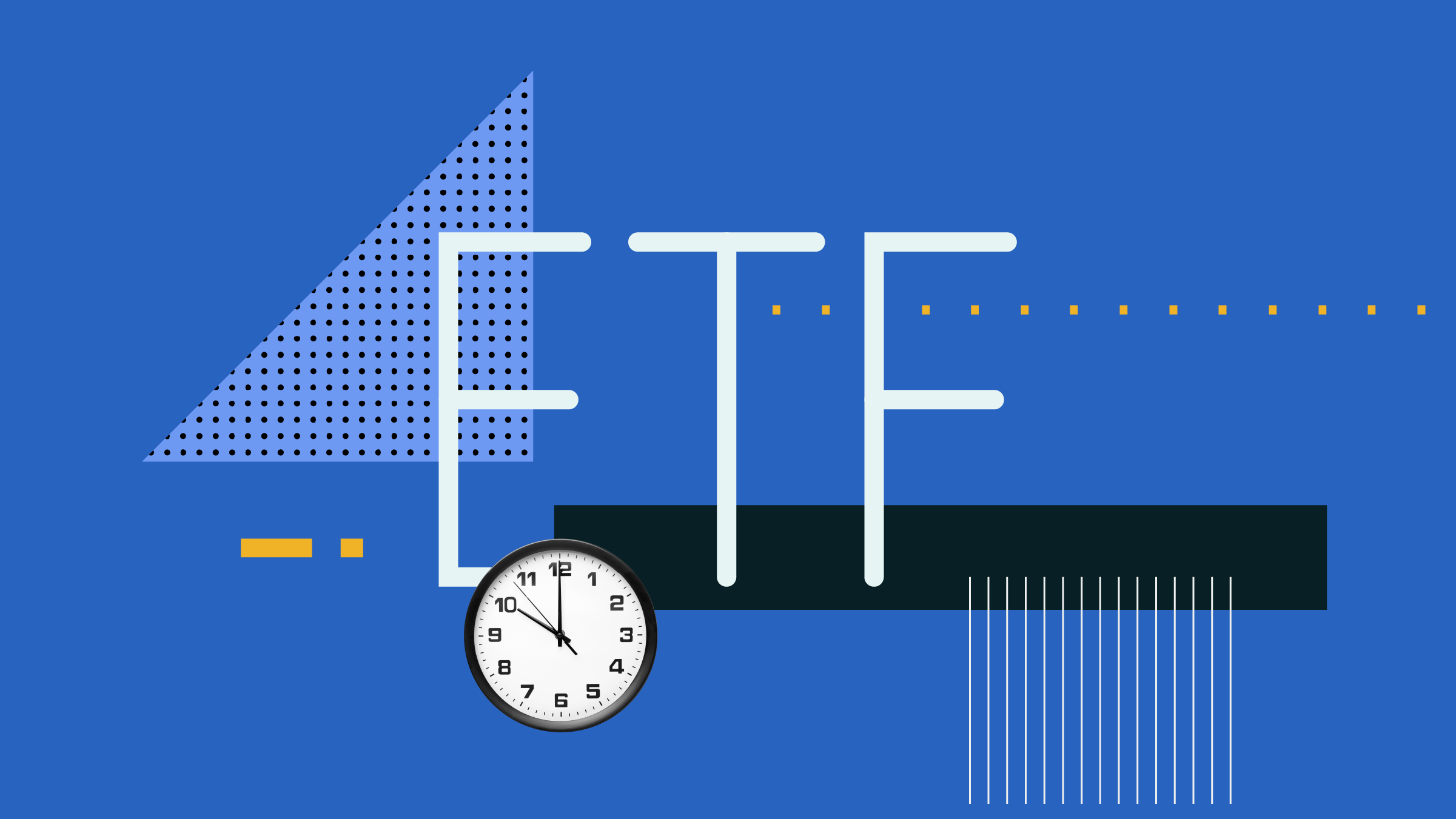
When it comes to our personal finance, we all try to balance our income and spending. Ideally, your income from monthly salary, pension or other sources should cover your expenses - hopefully even with some to spare. But what if it doesn't? What if your income is not enough to pay all the bills?
In such a situation, growing your money through investing is no longer a welcome extra, but a necessity. But here, too, a balance must be struck - between the growth you need to achieve and the risk you can afford to take.
The first thought when you are on a tight budget may be to borrow money to invest with. That is rarely a good idea, and certainly not when you can not afford much risk. There is no guarantee that you can make a return on the borrowed amount of money, and it is not even certain that you can pay back the initial amount you borrowed if things turn the wrong way on the financial markets. So skip that option.
That leaves us with two possibilities for investing to fill your income gap: either go defensive, or choose a regular income through dividends.
Going Defensive
The most defensive way of investing is through investment grade bonds, either corporate or government-issued debt from stable countries like the U.S. or UK. The only drawback in investing in the highest quality government bonds in the current market environment is that some carry negative interest rates, meaning you effectively have to pay to lend your money instead of getting a profit in return. But when you can't afford to take risks, it makes sense to avoid higher-yielding countries where political and economic strife can impact returns.
Investment-grade corporate bonds offer a relatively low risk and the potential for a decent return. Not the highest possible return, but when you are stuck with taking only a low risk, this is the most logical option.
Equity investing combined with low risk steers us to bonds issued by companies in defensive equity sectors: most notably defensive consumer goods, healthcare and utilities. Companies with a stable and robust business model, predictable revenues and cashflows and relatively insensitive to fluctuations in the economic cycle.
Regarding the Morningstar Style Box, large-cap stocks in the value segment are seen as the least risky. The growth style segment is considered as carrying more risk as it contains companies with strong growth profiles but also high uncertainty about their future.
Small-cap stocks are seen as riskier than large-caps because the companies are often more specialised, so more dependent on a smaller markets, less established, and due to their smaller size have less room to cope with setbacks or economic downturns.
Regular Income
A regular stream of income to replenish an inadequate financial base could be found in dividends. Stocks with a high dividend yield provide regular cash for the investor. But dividend investing is not only about the highest dividend yield; in taking into account risk, it is also about the greatest dividend safety.
This means investors must assess whether the company is financially healthy enough to continue its dividend payments in the future at the same amount, or in the best case, let the dividend grow (either in absolute terms or in payout as a percentage of the profit-per-share). One way to do that is to look at dividend cover as an indicator of how sustainable a company's payout is. Very high dividend yields can indicate that the share price of a company is low because there are troubles on the horizon that have scared earlier investors and made them sell the stock.
Time in the Market
When your income falls short of your expenses, it can make sense to sacrifice some money to investing defensively and let time do its work: allowing your returns to compound and a regular stream of dividend to grow your money over time. Of course, there is no guarantee of investment returns or ongoing dividend payments, but when choosing the options with the least risk, some financial room should arise to bring your income in line with the expenses you face.




















